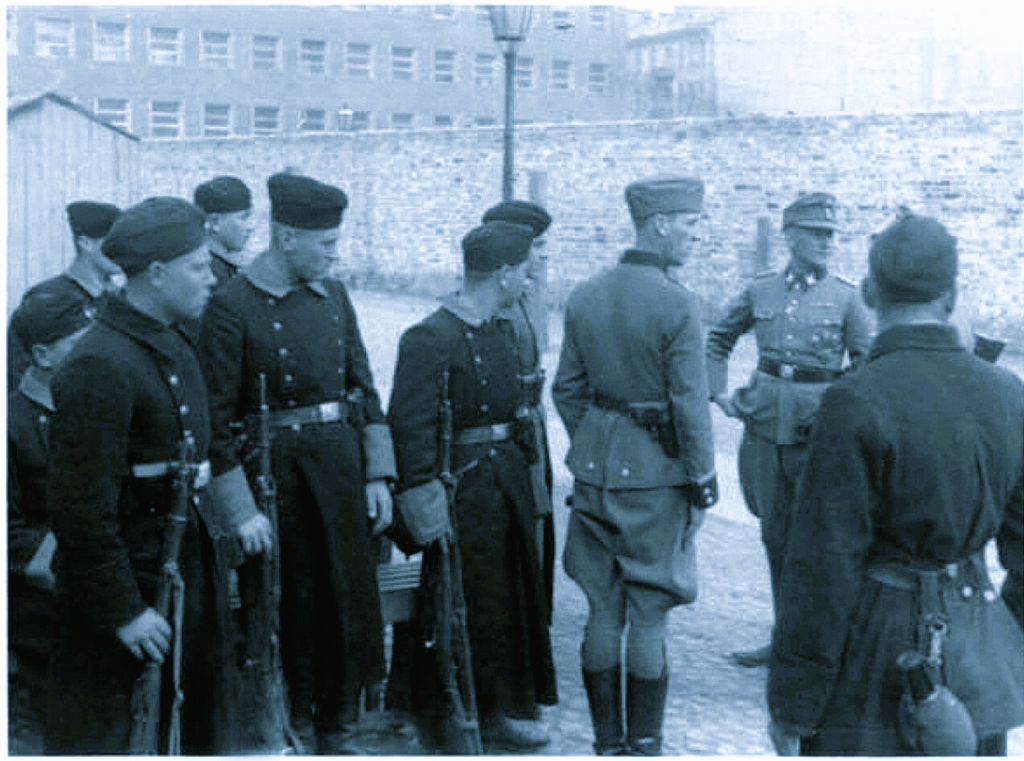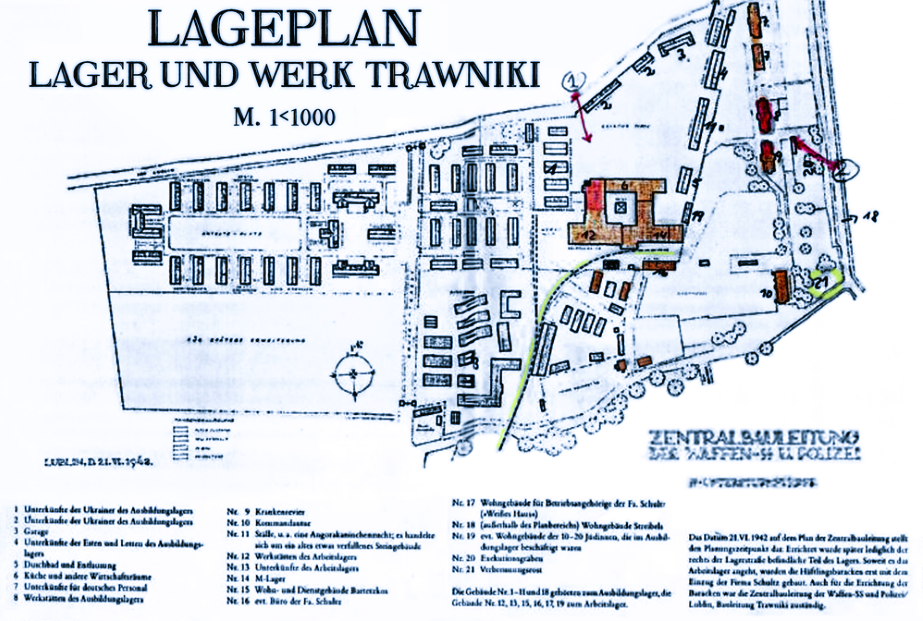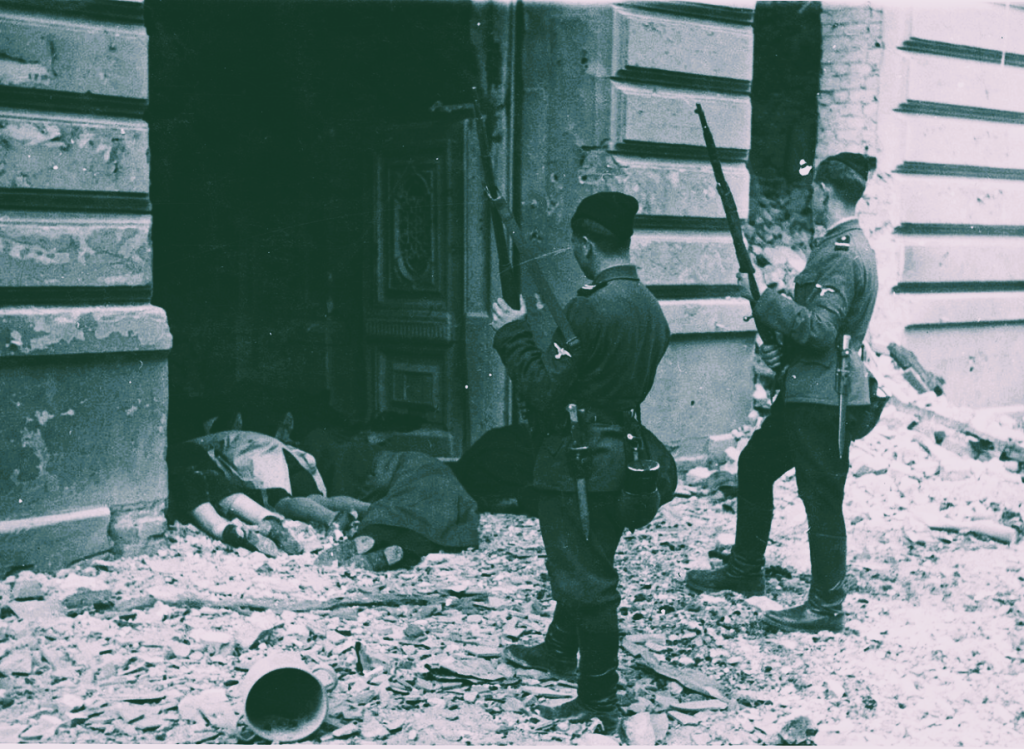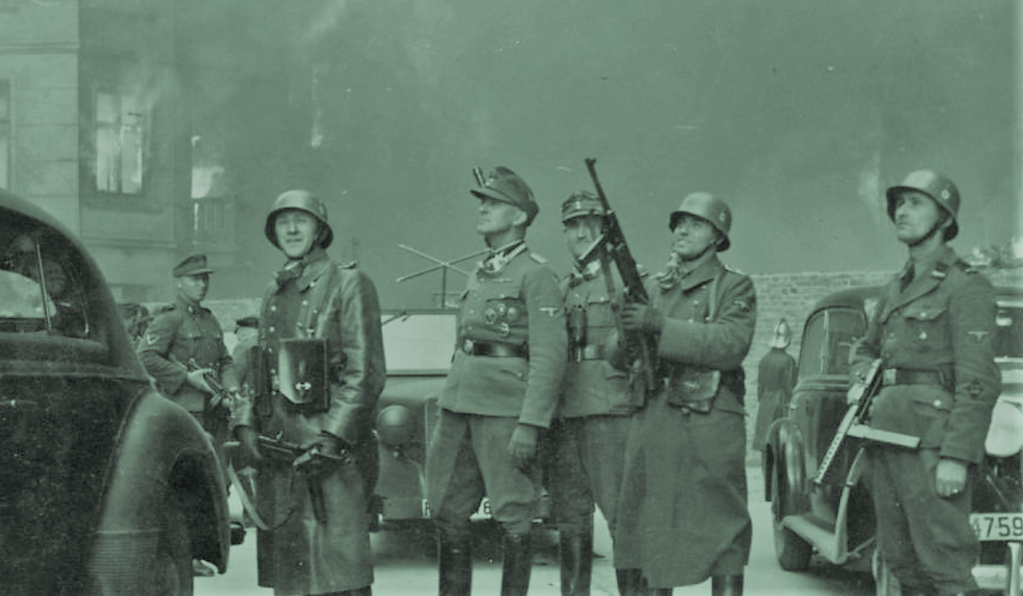
The history of the Trawniki Men stands as a chilling testament to the banality of evil and the role that ordinary individuals can play in perpetrating atrocities on a massive scale. While their actions may have faded into obscurity for many, it is essential to remember their complicity in the Holocaust and to honor the memory of their countless victims. By confronting this dark chapter of history, we reaffirm our commitment—never forget the horrors of the past and strive for a future built on justice, compassion, and human dignity.
Trawniki Men refers to a group of men primarily from the Soviet Union and other Eastern European countries. During World War II, the Nazis recruited them. They received their name after the Trawniki Training Camp, located in Poland. It was where they received their indoctrination and military training.

The recruitment of the Trawniki Men began in 1941 as the Nazi regime sought to bolster its forces for the implementation of their genocidal policies, particularly in the occupied territories of Eastern Europe. These men were often former prisoners of war, volunteers, or coerced individuals who were promised better treatment or privileges in exchange for their collaboration.
The primary role of the Trawniki Men was to assist the SS Einsatzgruppen, mobile killing squads tasked with exterminating Jews, Roma, and other targeted groups. They were involved in a range of activities, including rounding up victims, guarding ghettos and concentration camps, and actively participating in mass shootings and deportations. Their knowledge of local languages and terrain made them valuable assets to the Nazi regime in carrying out its murderous campaigns with ruthless efficiency.

The Trawniki Men were directly complicit in some of the most heinous crimes committed during the Holocaust. They played a key role in the systematic murder of millions of innocent civilians, often showing little hesitation or remorse in carrying out their orders. Their participation in mass shootings, deportations to death camps, and other acts of brutality left an indelible mark on the annals of history.
One infamous example of their involvement in the massacre was at Babi Yar, a ravine near Kiev, Ukraine. There more than 33,000 Jews were slaughtered in two days in September 1941. Trawniki men were among those responsible for carrying out the executions, demonstrating the extent of their culpability in the Holocaust.
With the end of World War II and the collapse of the Nazi regime, many Trawniki Men attempted to evade justice by blending back into civilian life or fleeing to other countries. However, in the ensuing years, efforts were made to identify and prosecute those who had participated in Nazi crimes.
One significant legal case involving the Trawniki Men was the 1961 trial of Ivan Demjanjuk in Israel. Demjanjuk, a former Trawniki guard, was accused of being a notorious guard at the Treblinka Extermination Camp known as “Ivan the Terrible.” Although he denied the charges, he was ultimately convicted in 1988, highlighting the ongoing pursuit of justice for those complicit in the Holocaust.

The legacy of the Trawniki Men serves as a grim reminder of the depths of human depravity and the ease with which ordinary individuals can be drawn into committing acts of unspeakable evil under the influence of authoritarian regimes. Their collaboration with the Nazis underscores the importance of vigilance in the face of tyranny and the necessity of holding perpetrators of genocide accountable for their actions.
Sources
https://encyclopedia.ushmm.org/content/en/article/trawniki
https://academic.oup.com/hgs/article-abstract/25/1/1/674673

Donation
I am passionate about my site and I know you all like reading my blogs. I have been doing this at no cost and will continue to do so. All I ask is for a voluntary donation of $2, however if you are not in a position to do so I can fully understand, maybe next time then. Thank you. To donate click on the credit/debit card icon of the card you will use. If you want to donate more then $2 just add a higher number in the box left from the PayPal link. Many thanks.
$2.00



























You must be logged in to post a comment.